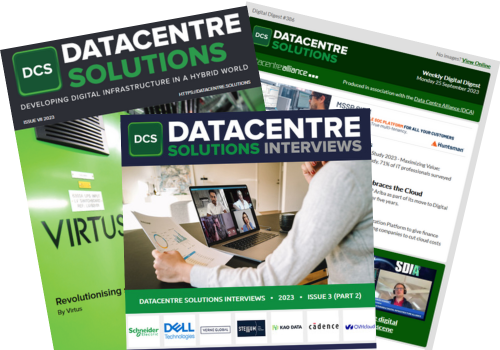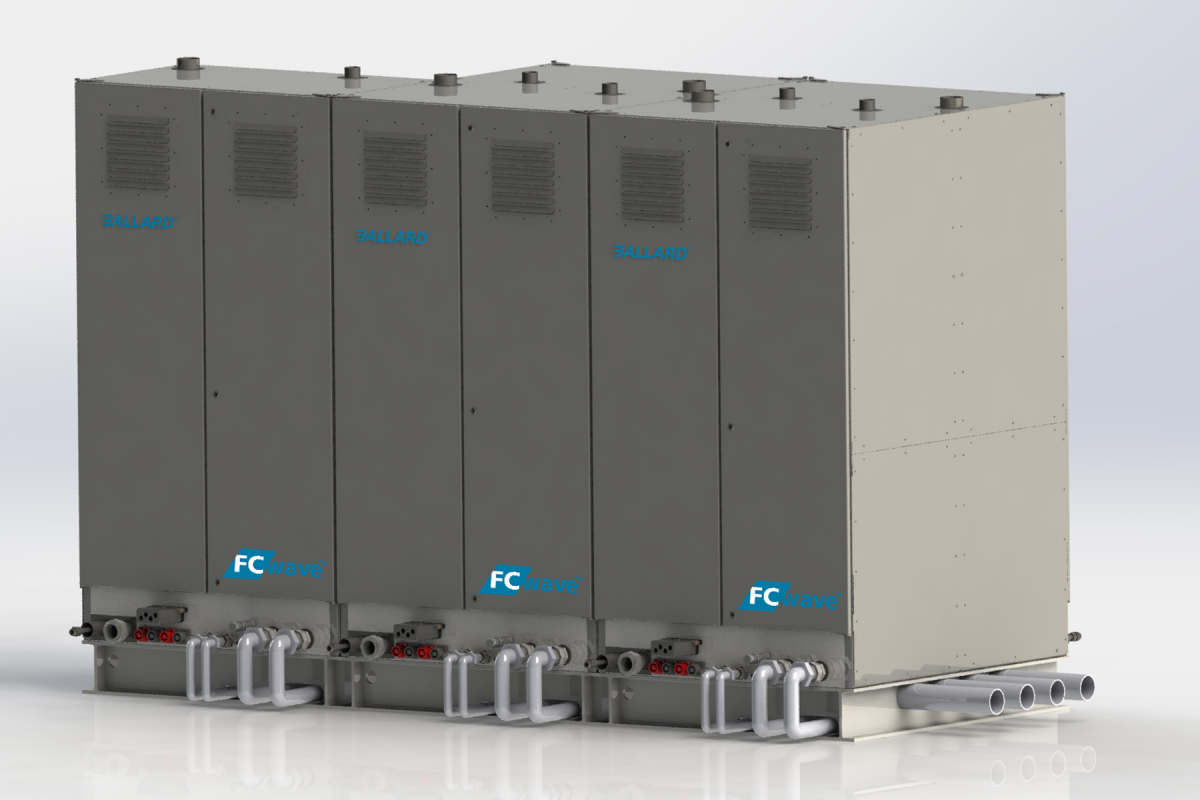Caterpillar experts in advanced power technologies, controls and system integration are working alongside Microsoft experts in data center design and Ballard experts in fuel cell design to demonstrate a 1.5 MW backup power delivery and control system that would meet or exceed the high expectations set by current diesel engine systems.
As the prime contractor on the project, Caterpillar is providing the overall system integration, power electronics, and controls that form the central structure of the power solution, which will be fueled by low-carbon-intensity hydrogen. Microsoft is hosting the demonstration project at a company data center in Quincy, Wash., while Ballard is supplying an advanced hydrogen fuel cell module. The National Renewable Energy Laboratory (NREL) is performing analyses on safety, techno-economics, and greenhouse gas (GHG) impacts.
The demonstration will provide key insights into the capability of fuel cell systems to serve multi-megawatt data centers by providing uninterruptible power that supports 99.999% uptime requirements. The project will also explore the scalability of fuel cell systems powered by low-carbon-intensity hydrogen from cost and performance perspectives, including 48-hour operation using on-site fuel, power transfer time, and load acceptance.
The Caterpillar-led program is one of 18 projects that have been awarded a share of funding under the DOE’s H2@Scale initiative. The awards are managed by the DOE’s Energy Efficiency and Renewable Energy Office’s (EERE’s) Hydrogen and Fuel Cell Technologies Office, with contributions from EERE’s Advanced Manufacturing Office and Vehicle Technologies Office.
“At Caterpillar, we focus on supporting our customers with reliable, resilient and economical power solutions while achieving their climate-related goals,” said Jason Kaiser, vice president of Caterpillar Electric Power. “This hydrogen fuel cell demonstration project enables us to collaborate with industry leaders to take a large step toward commercially viable power solutions that also support our customers in making their operations more sustainable.”
“We continue to invest in research and advanced development in hydrogen fuel cells as one of the various pathways toward our commitment to be carbon negative by 2030,” said Christian Belady, Distinguished Engineer and VP, Advanced Development, Cloud Operations + Innovation at Microsoft. “This latest project with Caterpillar will provide valuable insights into how to leverage hydrogen fuel cells for backup power in our data centers at scale.”
“We are excited to be collaborating with a complementary team of global industry leaders on this important demonstration project,” said Randy MacEwen, Ballard’s President & CEO. “The results of this project will provide key insights into the capability of fuel cell systems to scale and serve multi-megawatt data centers.”
Caterpillar’s Market-Ready Power Solutions Support Sustainability
The hydrogen fuel cell project is the latest example of Caterpillar’s contribution to a reduced-carbon future through continued investments in new products, technologies, and services. Caterpillar helps customers achieve their climate-related goals by providing products that facilitate fuel transition, increased operational efficiency, and reduced emissions:
• Later this year Caterpillar will launch commercially available power solutions from 400 kW to 4.5 MW configured to operate on natural gas blended with up to 25% hydrogen.
• Caterpillar’s hybrid energy solutions technology suite includes photovoltaic (PV) solar modules, bi-directional power (BDP) inverters, energy storage system (ESS) modules, advanced microgrid controllers and full digital monitoring.
• Cat cogeneration combined heat and power (CHP) systems and trigeneration systems incorporating cooling simultaneously provide power for electrical loads as well as high-efficiency heating and cooling.
• Cat generator sets can be configured to operate on numerous biogas fuels, including fermentation biogas, landfill gas, and wastewater biogas.
• Cat diesel-fueled power solutions have enabled operation on various hydrotreated vegetable oil (HVO), biodiesel, and blended fuel products for more than a decade, including a system for Microsoft data centers in Sweden that is capable of running on a co-processed synthetic diesel fuel containing more than 50% renewable raw materials.








